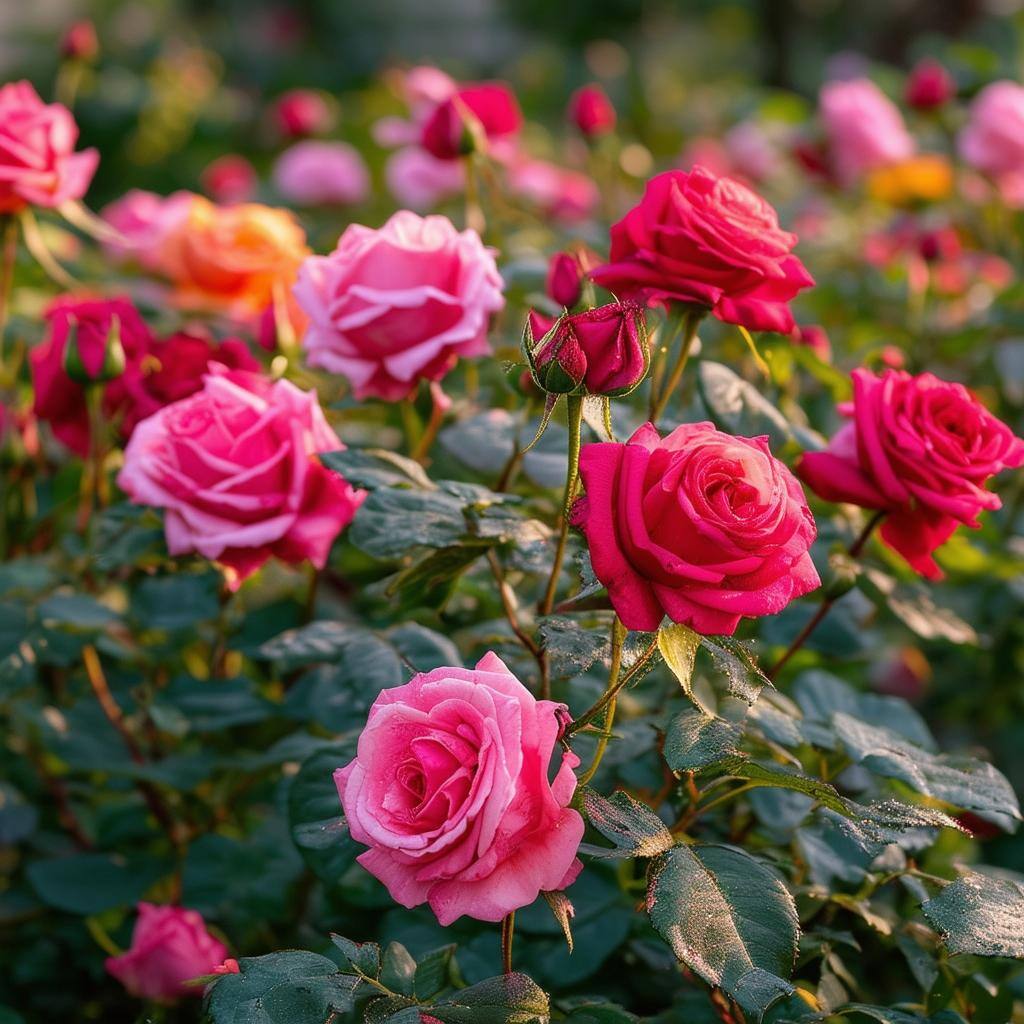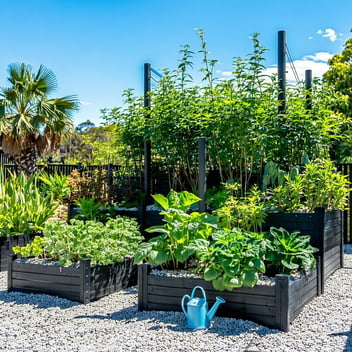Banishing Black Spot from Your Roses in SEQ
Introduction
In the balmy embrace of South East Queensland (SEQ), roses flourish, adorning gardens with their resplendent blooms. Yet, amidst this floral splendor lurks a pervasive adversary: black spot. This fungal malady, if left unchecked, can mar the beauty of roses and compromise their vigor. Addressing black spot is paramount for any rosarian dedicated to cultivating healthy, vibrant roses in SEQ's unique climate.
Understanding Black Spot
Black spot is incited by the fungus Diplocarpon rosae. It manifests as conspicuous black lesions with fringed margins on the foliage. As the disease progresses, affected leaves often yellow and abscise prematurely, leading to defoliation. This not only diminishes the plant's aesthetic appeal but also weakens its overall health, rendering it susceptible to other stressors.
Environmental Factors Contributing to Black Spot in SEQ
SEQ's subtropical climate, characterized by elevated humidity and frequent rainfall, creates an ideal milieu for black spot proliferation. Extended periods of leaf wetness facilitate fungal spore germination and infection. Additionally, inadequate air circulation within dense rose plantings or shaded locales exacerbates the disease's spread by prolonging moisture retention on leaf surfaces.
Preventative Measures
Proactive prevention is the cornerstone of black spot management. Selecting rose cultivars with inherent resistance to Diplocarpon rosae can significantly reduce disease incidence. Ensuring adequate spacing between plants and employing judicious pruning techniques enhance air flow, thereby expediting leaf drying post-precipitation. Watering practices should be optimized to minimize leaf wetness; utilizing drip irrigation systems or watering at the plant's base during early morning hours allows foliage to dry swiftly, curtailing fungal establishment.
Cultural Control Strategies
Maintaining garden hygiene is imperative in mitigating black spot. Regularly removing and disposing of infected leaves and plant debris prevents the overwintering of fungal spores. Applying a layer of mulch beneath rose bushes can impede soil-borne spores from splashing onto foliage during rainfall, thus reducing initial inoculum levels.
Chemical Control Options
When cultural practices prove insufficient, fungicidal interventions may be warranted. Broad-spectrum fungicides, such as those containing chlorothalonil or mancozeb, can be effective when applied preventatively and at regular intervals during the growing season. It's essential to adhere to label instructions regarding application rates and safety precautions to minimize environmental impact and prevent the development of fungicide resistance.
Integrated Pest Management (IPM) Approach
An IPM strategy amalgamates cultural, biological, and chemical control methods to manage black spot sustainably. Regular monitoring of rose plants enables early detection of disease symptoms, facilitating timely interventions. Encouraging beneficial organisms and maintaining plant health through proper nutrition further bolster the roses' resilience against black spot.
Conclusion
Eradicating black spot from your SEQ roses necessitates a steadfast commitment to diligent care and the implementation of multifaceted management strategies. By embracing preventative measures, maintaining rigorous garden hygiene, and judiciously applying control methods, gardeners can preserve the splendor of their roses and enjoy enduring floral magnificence.




